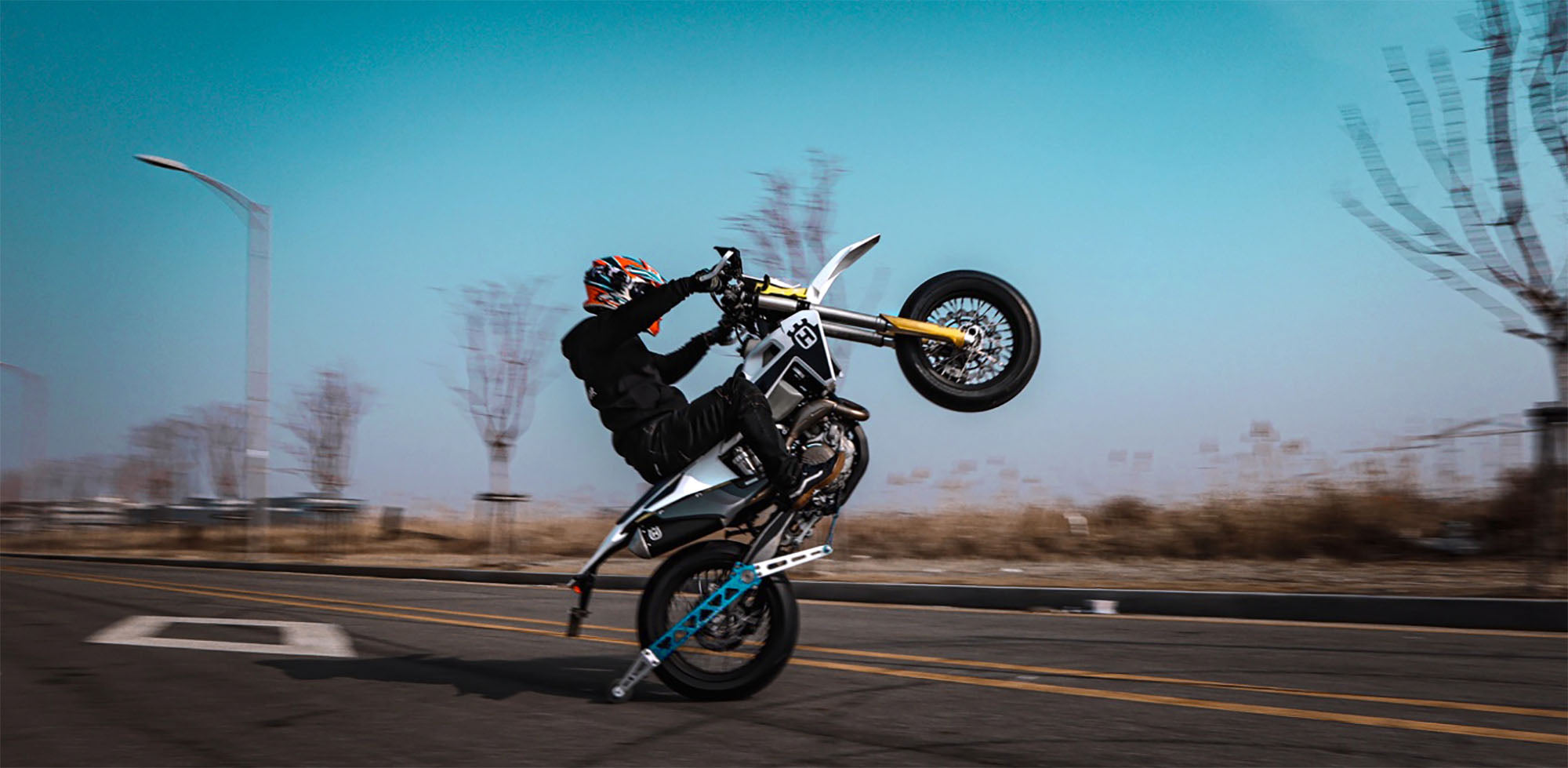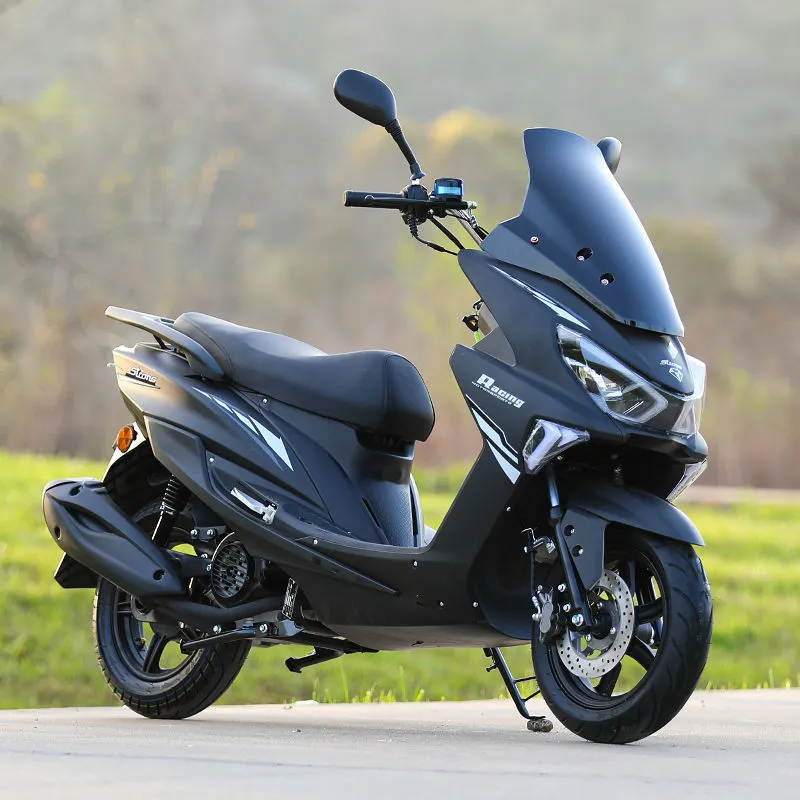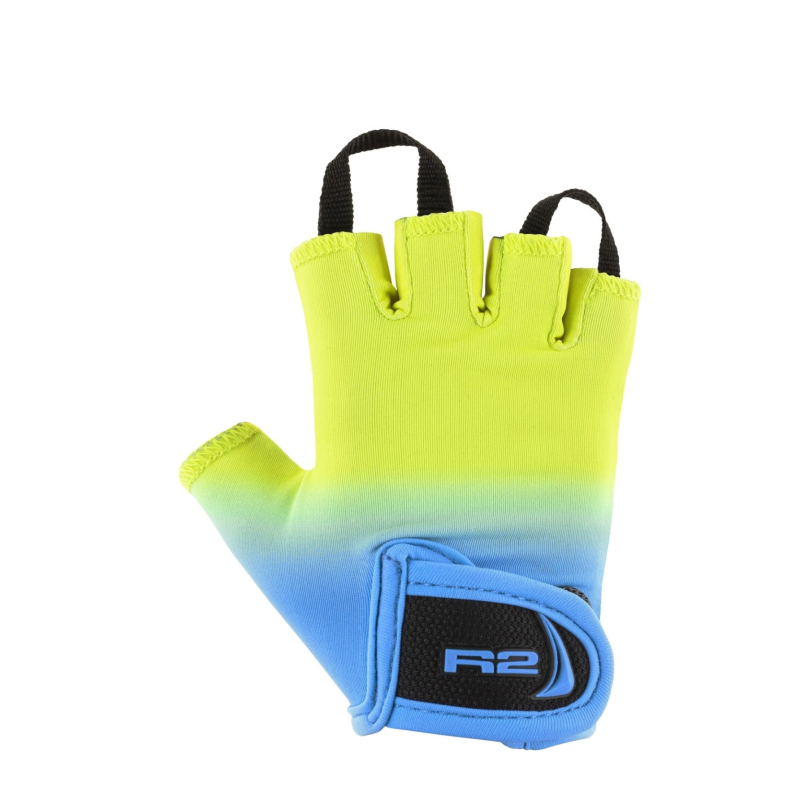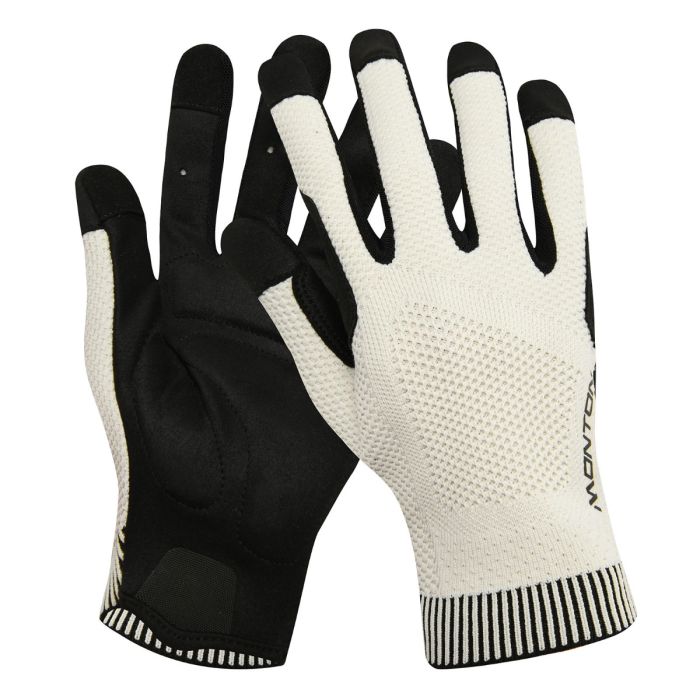Mastering a wheelie on a dirt bike can be both thrilling and rewarding. Wheelies, which involve lifting the front wheel off the ground while balancing on the rear wheel, require a blend of technique, practice, and confidence. Consequently, understanding the fundamental steps, maintaining safety, and using the proper equipment are essential for successfully performing a wheelie. Therefore, this comprehensive guide delves into the necessary preparations, step-by-step instructions, common mistakes to avoid, and tips for progressing safely. By exploring these elements, you can confidently learn to wheelie your dirt bike.
Preparations for Learning to Wheelie
Proper preparation is crucial for learning how to wheelie a dirt bike. Ensuring you have the right environment, equipment, and mindset will set you up for success. Therefore, exploring the key preparations is essential.
Selecting the Right Environment
Choosing the correct environment to practice wheelies plays a significant role in your learning process. Start by finding a suitable location, such as an open field, empty parking lot, or a trail with minimal obstacles. The terrain should be flat and free of debris, providing a safe and controlled space for practice. Additionally, avoid practicing near busy roads or crowded areas to minimize risks. A conducive environment helps focus on technique and build confidence. By understanding the importance of selecting the right environment, you can ensure safe and hassle-free practice sessions. Therefore, recognizing the value of a controlled environment is crucial.
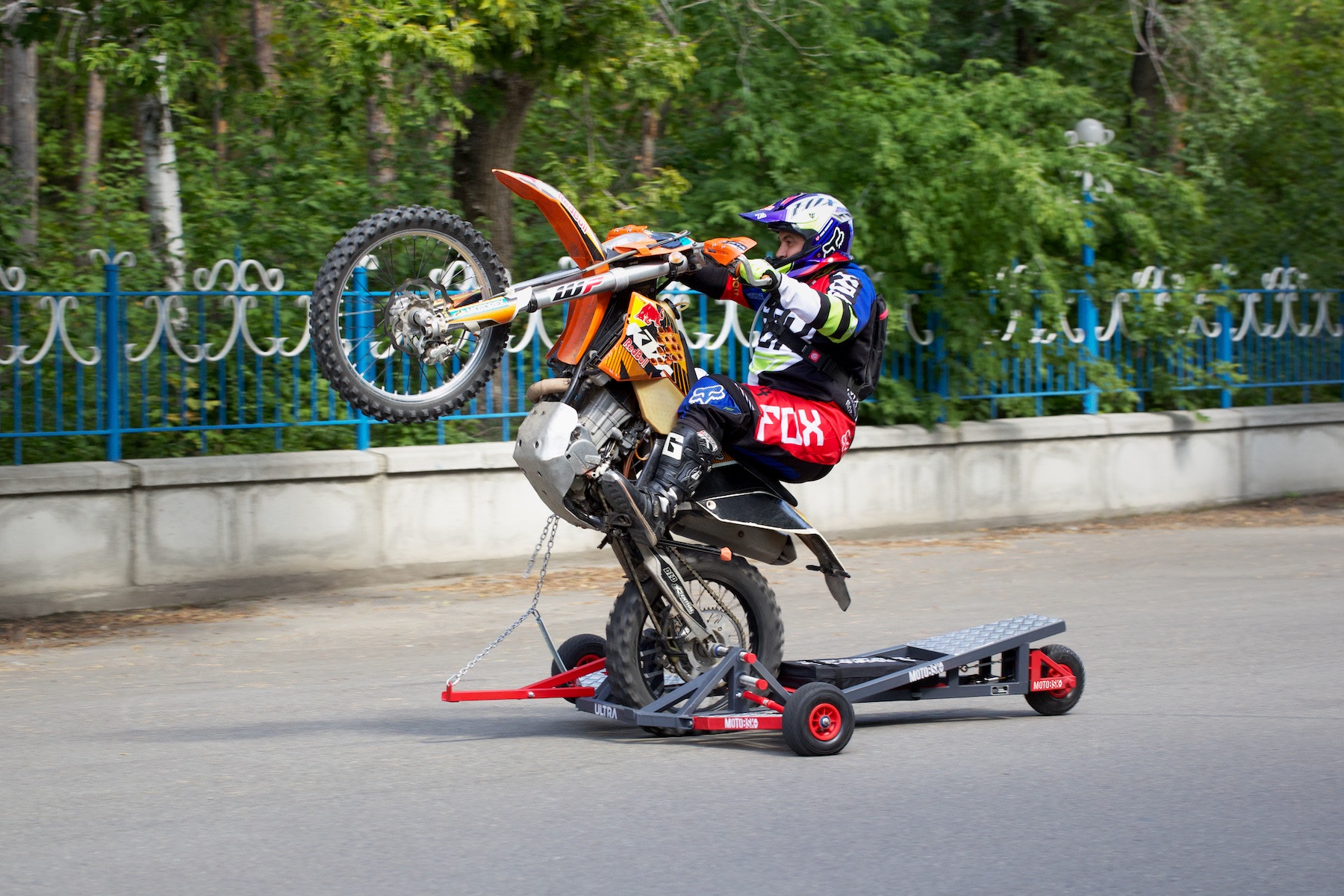
Ensuring Proper Safety Gear
Wearing proper safety gear is non-negotiable when attempting wheelies on a dirt bike. Essential safety gear includes a DOT-approved helmet, gloves, knee and elbow pads, and protective boots. A high-quality chest protector and goggles can further safeguard against potential injuries. Safety gear enhances protection and offers peace of mind, enabling you to concentrate on mastering the wheelie without compromising safety. By understanding the necessity of safety gear, you can prioritize your well-being while practicing this skill. Therefore, recognizing the importance of protection is crucial.
Preparing Your Dirt Bike
Ensuring your dirt bike is in optimal condition is another critical preparation step. Check the tire pressure, brake functionality, and throttle response before attempting a wheelie. A well-maintained bike responds better to your inputs and reduces the likelihood of mechanical issues. Additionally, adjusting the suspension and ensuring the clutch operates smoothly will enhance your control over the bike. By understanding the importance of preparing your dirt bike, you can ensure it performs reliably and safely. Therefore, recognizing the need for bike maintenance is essential.
Step-by-Step Instructions for Performing a Wheelie
Executing a wheelie involves a series of precise steps and techniques. Understanding these steps helps build a solid foundation for successfully lifting the front wheel. Therefore, exploring the step-by-step instructions for performing a wheelie is crucial.
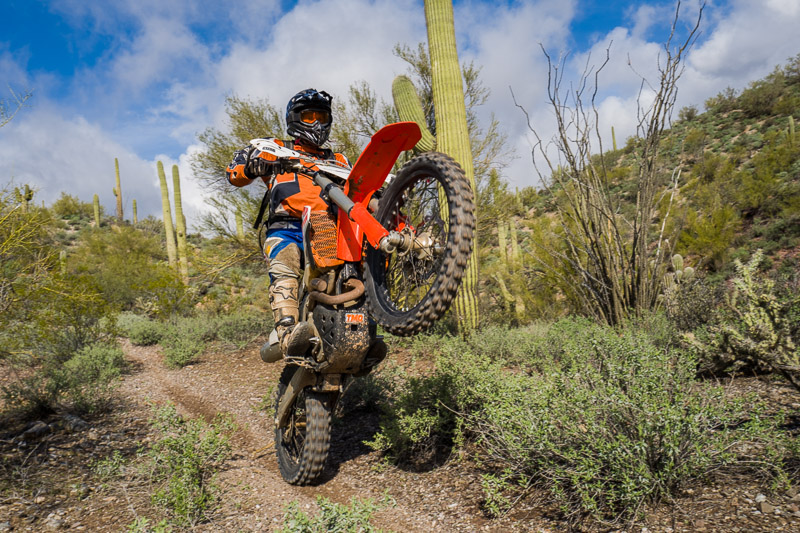
Finding the Balance Point
The balance point is the pivotal angle where the bike remains upright without tipping forward or backward. Start by riding your dirt bike at a moderate speed in first gear. Gently roll off the throttle and compress the rear suspension by shifting your weight backward. Next, swiftly roll on the throttle while pulling up on the handlebars. The key is to lift the front wheel gradually while maintaining control. Practice finding and maintaining the balance point by modulating the throttle and your body position. By understanding the significance of finding the balance point, you can achieve a controlled and stable wheelie. Therefore, recognizing the importance of balance is crucial.
Using the Rear Brake for Control
The rear brake is a vital tool for controlling your wheelie and preventing accidental flips. Once the front wheel is lifted, use the rear brake to adjust the bike’s angle and bring the front wheel back down gradually. Gentle and controlled application of the rear brake helps maintain balance and prolong the wheelie duration. Practicing the coordination between throttle and rear brake ensures smoother and safer wheelies. By understanding the role of the rear brake, you can enhance your control and safety while performing wheelies. Therefore, recognizing the importance of brake modulation is essential.
Shifting Body Position
Your body position significantly impacts the success and stability of a wheelie. Initially, shift your weight toward the rear of the bike to aid in lifting the front wheel. Once the front wheel is up, find a balanced position by keeping your legs slightly bent, your arms relaxed, and your chest forward. This position allows quick adjustments to maintain balance and react to changes. Experimenting with different body positions helps find the most comfortable and effective stance. By understanding the impact of body position, you can refine your technique for better wheelies. Therefore, recognizing the need for positioning adjustments is crucial.
Common Mistakes to Avoid
Learning to wheelie involves trial and error. Understanding common mistakes helps expedite the learning process and avoids unnecessary frustrations. Therefore, exploring these common mistakes is essential.
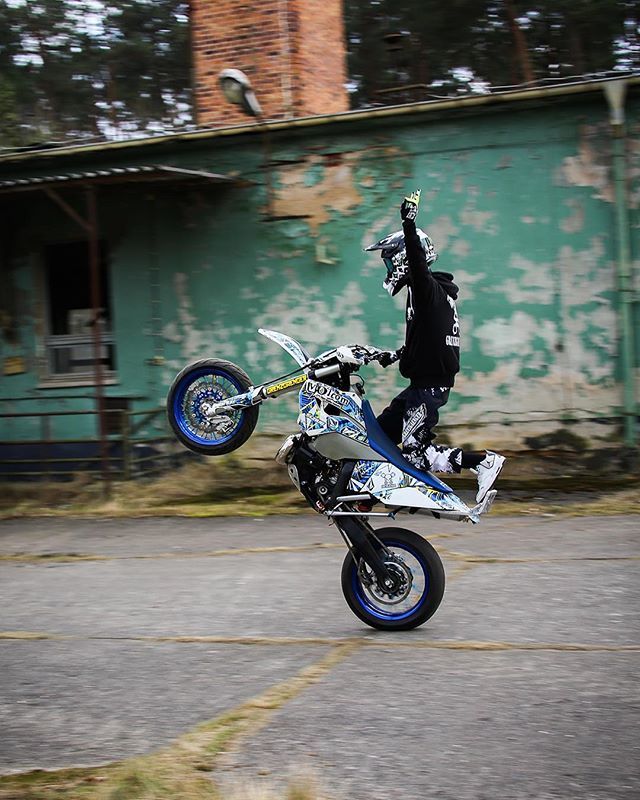
Overuse of Throttle
One common mistake beginners make is overusing the throttle, leading to uncontrollable and potentially dangerous wheelies. Applying too much throttle too quickly can cause the bike to flip backward, posing serious risks. Instead, focus on smooth and controlled throttle inputs, gradually increasing the power to lift the front wheel. Practicing throttle control ensures a more stable and manageable wheelie. By understanding the dangers of overusing the throttle, you can prevent mishaps and improve your technique. Therefore, recognizing the importance of moderation is crucial.
Ignoring the Rear Brake
Another common mistake is neglecting the use of the rear brake during a wheelie. The rear brake is essential for maintaining control and preventing the bike from tipping too far backward. Failing to engage the rear brake when necessary can result in unstable and dangerous wheelies. Make a conscious effort to practice rear brake modulation, integrating it seamlessly into your wheelie technique. By understanding the necessity of the rear brake, you can enhance safety and control. Therefore, recognizing the critical role of braking is essential.
Poor Body Positioning
Incorrect body positioning is another frequent error among beginners. Leaning too far forward or backward can disrupt balance and control, leading to unsuccessful wheelies. Focusing on a balanced and relaxed body position helps maintain stability and responsiveness. Pay attention to your posture, ensuring your weight distribution supports the lifting and balancing of the front wheel. By understanding the impacts of poor body positioning, you can adjust and refine your technique. Therefore, recognizing the importance of proper posture is crucial.
Tips for Progressing Safely
Advancing your wheelie skills requires consistent practice, patience, and a gradual approach. Understanding these tips ensures a safe and steady progression. Therefore, exploring tips for progressing safely is essential.
Practice Consistency and Patience
Consistent practice is fundamental for mastering wheelies. Dedicate regular practice sessions to build muscle memory and improve technique. Start with short and controlled wheelies, gradually increasing their duration as you gain confidence. Patience is key; avoid rushing the process, as pushing too hard too soon can lead to accidents. By understanding the value of consistency and patience, you can develop your skills safely and effectively. Therefore, recognizing the importance of gradual progress is crucial.
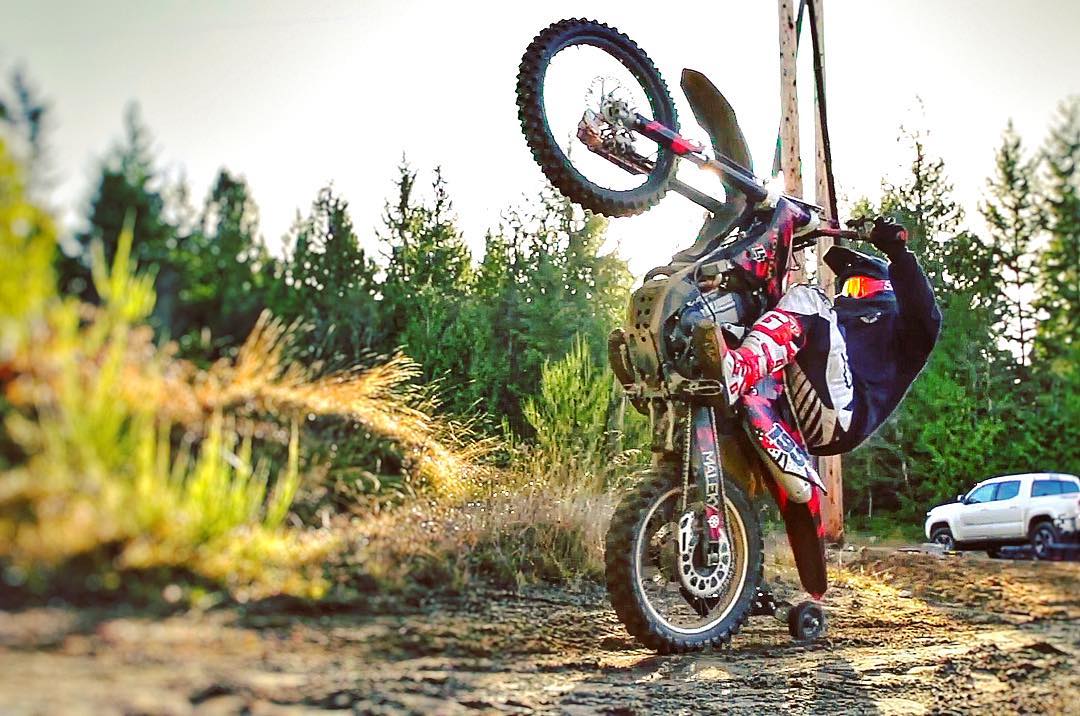
Seek Guidance and Training
Seeking guidance from experienced riders or professional trainers can significantly enhance your learning curve. Joining a local riding group or attending training sessions enables you to receive personalized feedback and tips. Experienced riders can share valuable insights, helping you correct mistakes and refine your technique. Additionally, watching instructional videos and reading expert articles provides further learning resources. By understanding the benefits of seeking guidance, you can accelerate your progress and ensure safe practices. Therefore, recognizing the value of expert assistance is essential.
Use Appropriate Learning Aids
Learning aids such as wheelie bars or balance trainers can provide additional safety and support during practice. Wheelie bars prevent the bike from flipping backward, allowing you to focus on finding the balance point without the risk of tipping over. Balance trainers enhance your understanding of weight distribution and control. Using these aids during your practice sessions helps build confidence and refine technique, facilitating safer learning. By understanding the advantages of learning aids, you can leverage them to enhance your wheelie practice. Therefore, recognizing the role of supportive equipment is crucial.
Addressing Common Questions About Learning to Wheelie
Understanding common questions about wheelies provides clarity and enhances your knowledge. Knowledge of these answers ensures better preparation and confidence. Therefore, exploring common questions is essential.
How Long Does It Take to Learn to Wheelie?
The time it takes to learn to wheelie varies based on factors such as prior riding experience, practice frequency, and individual learning pace. Some riders may grasp the basics within a few weeks, while others may take several months to achieve consistent and controlled wheelies. Focus on incremental progress and celebrate small milestones along the way. By understanding the variability in learning time, you can set realistic expectations and stay motivated. Therefore, recognizing the importance of patience and persistence is crucial.
Is Wheelie Practice Safe for Beginners?
While wheelie practice involves inherent risks, following safety guidelines and starting with basic techniques can make it safer for beginners. Always wear protective gear, choose a safe and controlled environment, and begin with short, manageable wheelies. Avoid practicing in high-traffic areas or challenging terrains until you have gained confidence and control. By understanding the safety aspects of wheelie practice, you can mitigate risks and enjoy a safe learning experience. Therefore, recognizing the significance of safety measures is essential.
Addressing Common Misconceptions About Wheelies
Addressing common misconceptions about wheelies provides accurate information and dispels unwarranted concerns. Clearing up misunderstandings ensures an informed perspective. Therefore, exploring common misconceptions is important.
Misconception: Wheelies Damage Your Bike
A common misconception is that practicing wheelies will inevitably damage your dirt bike. While improper technique and excessive force can strain the bike, controlled and gradual practice minimizes such risks. Ensuring your bike is well-maintained and using proper techniques reduces the likelihood of damage. By understanding the precautions, you can practice wheelies responsibly and maintain your bike’s integrity. Therefore, dispelling this misconception highlights the importance of proper techniques.
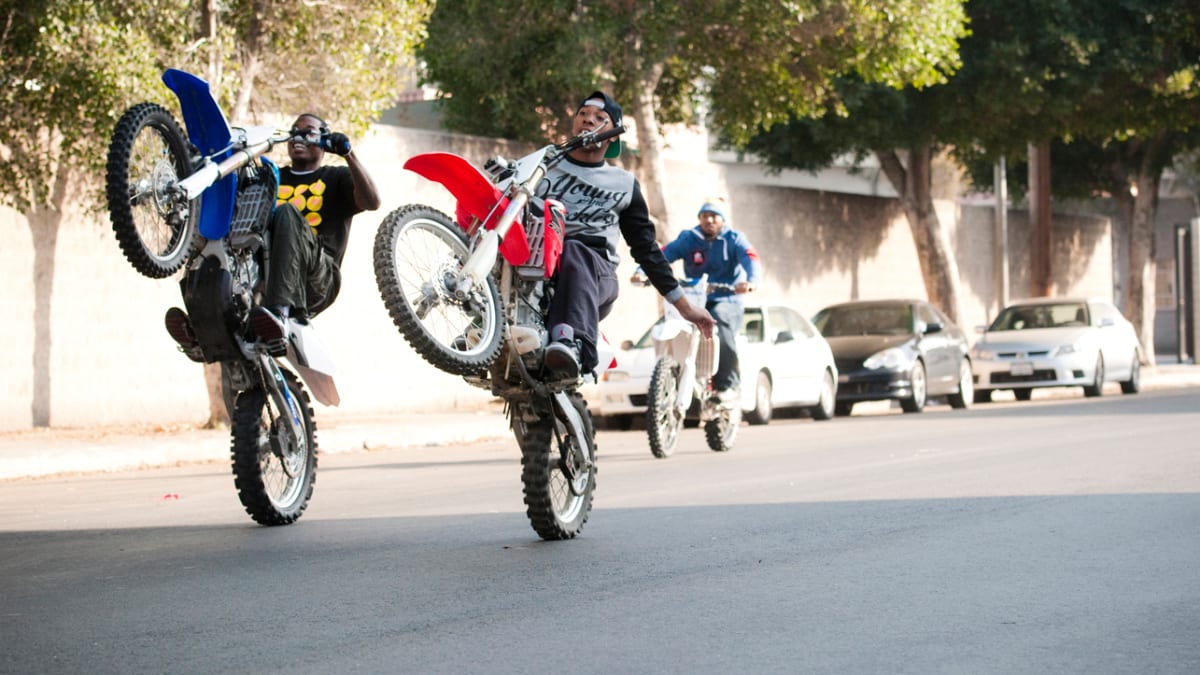
Misconception: Only High-Performance Bikes Can Wheelie
Another misconception is that only high-performance dirt bikes can perform wheelies. In reality, wheelies can be practiced on most types of dirt bikes, provided they are in good condition and have adequate power. Technique and rider skill play more critical roles than the bike’s performance level. By understanding the broader applicability of wheelies, you can confidently practice on your dirt bike. Therefore, dispelling this myth emphasizes the value of skill over machinery.
Conclusion: Mastering the Art of Wheelies on a Dirt Bike
Mastering the art of wheelies on a dirt bike involves a combination of preparation, technique, and safety. Proper preparation, including selecting the right environment, ensuring safety gear, and maintaining your dirt bike, sets the foundation for successful practice.
Exploring critical aspects such as finding the balance point, using the rear brake, and adjusting body position ensures a comprehensive understanding of the technique. Recognizing the importance of addressing common mistakes and progressing safely enhances your overall learning experience.
By engaging with these elements, you can confidently learn to wheelie your dirt bike, enjoying the thrill and satisfaction of mastering this dynamic skill. Therefore, whether you are a beginner or an experienced rider, understanding the essential considerations and steps for performing wheelies offers practical and rewarding insights. Embrace the opportunity to develop your wheelie skills, knowing you have the knowledge and resources to support safe and effective practice!
